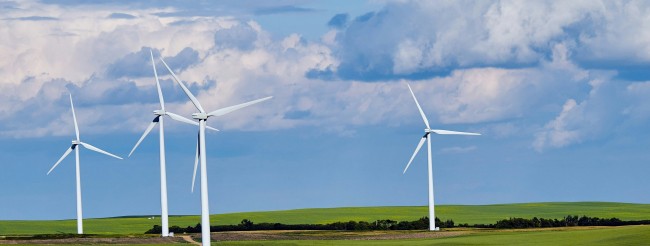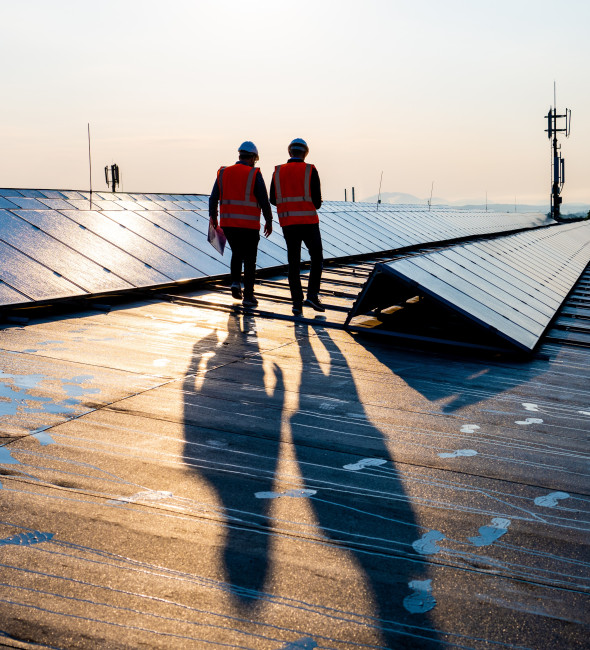Too many of the world's poorest communities have been negatively impacted by fossil fuel power or have not been provided energy access. The transition of the world’s energy systems toward decarbonized, highly electrified models must benefit all people equitably. This means achieving the Paris Agreement alongside the United Nations’ Sustainable Development Goal (SDG) 7, ensuring access to affordable, reliable, sustainable and modern energy for all.
It is vital to distribute the benefits and costs of the transition equitably to reduce gaps in access rather than exacerbate them. Justice and equity are relevant both as end goals and as part of the transition process itself.
For example, many clean energy technologies, such as solar and wind, require substantial minerals. Mining has many social and environmental impacts, and it is important to ensure that obtaining these minerals does not further pollute communities already suffering from poverty and pollution.
Universal access to electricity, both physically and in an affordable manner, is indispensable for an equitable and just transition.
There has been significant global progress on reducing energy inequality. Since 2000, around 30 million additional people have gained access to electricity every year. Yet, as of 2021, there were 675 million people without access to electricity, mostly in Sub-Saharan Africa. In 2022, around the world, energy prices soared due to inflation and the Russian invasion of Ukraine, raising concerns that even more people may be pushed into energy poverty.
A key benefit of the energy transition is the creation of livelihoods, usually measured in terms of employment. There were almost 13 million renewable energy jobs in 2021, and there is the potential for the creation of 43 million jobs by 2050.
These new jobs provide the opportunity for increased gender equality in the energy industry, which has been historically male-dominated. Women comprised 32% of the renewable energy workforce in 2019, as compared to 22% of jobs in the oil and gas industry in 2017. While this is not a significant change, there are additional opportunities in the renewable energy industry to increase women’s participation.
At the international level, finance flows provide a good indicator of whether developed countries are helping support developing countries in their transitions. Tracking the relative foreign direct investment in clean energy, flowing from developed to developing countries, indicates how public climate pledges translate into private sector action. It also shows which countries are capturing most of the investment — and benefits — of the clean energy transition.
Watch this webinar recording where policy leaders and energy experts discuss what can be done to accelerate the global clean energy transition.


